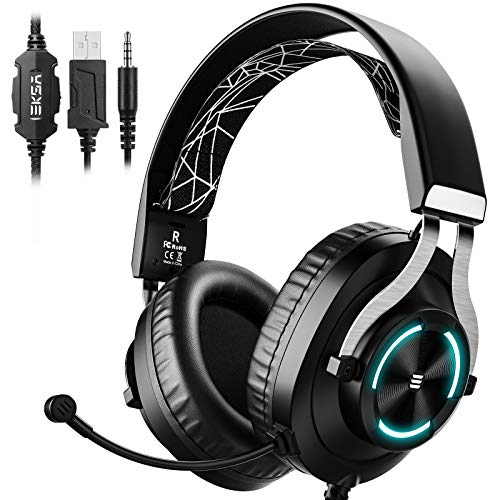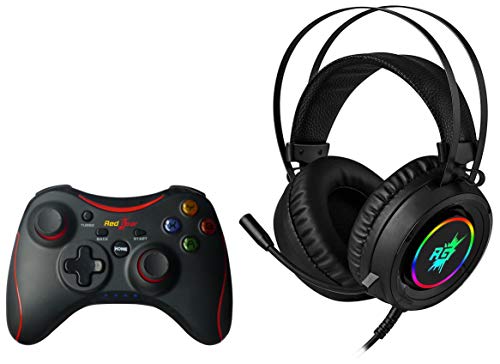Headphones have become an integral part of our modern lives, allowing us to enjoy music, make calls, play games, and consume media conveniently and privately. But beyond convenience, headphones provide an essential avenue for high-quality personal audio experiences. Understanding why audio quality matters helps us appreciate the importance of headphones.
Key Reasons Quality Headphones Are Important
Immersive Listening Experiences
Great headphones with wide frequency response and dynamic drivers allow you to hear every detail and nuance in recordings. This transforms listening into an immersive experience that transports you into the music. Quality matters more than ever as streaming services offer lossless high-fidelity audio.
Hear Audio As Intended
From studios to living rooms, audio engineers mix and master music on high-end reference headphones to hear the sound exactly as intended. Quality headphones give consumers that same experience. Rather than altered, colored, or distorted sound, you hear intricate details the way artists want you to.
Evaluate Audio Accurately
Serious audiophiles, sound engineers, and music professionals rely on neutral, accurate headphones to make mix, mastering, and sound design judgments. Critical listening on high-performing headphones provides reliable audio evaluation.
Appreciate New Layers and Nuances
Great headphones reveal intricacies like subtle instrumental resonances, vocal harmonies, and spatial cues that get lost on inferior equipment. Appreciating these extra-musical layers and nuances brings more joy.
Comfort for Extended Wearing
Listening to long playlists, podcasts, or audiobooks is most comfortable with lightweight headphones that have plush earpads and adjustable components that don’t cause fatigue over time.
Noise Isolation for Immersion
By creating a seal around your ears and reducing external noise, good headphones allow you to immerse fully into your audio. Noise isolation makes headphones ideal for travel, commuting, or anywhere with distracting environments.
Customizable Experience
High-end audiophile headphones paired with a headphone amp and EQ settings allow customizing the listening experience to your taste with enhanced bass, livelier treble, or a boosted soundstage.
Preserve Your Hearing Health
Unlike speakers, headphones allow you to listen at safer volumes while still hearing detail and dynamics. Protecting your ears’ health is vital for long-term listening.
Read More- Best Gaming Headphones Under 2500₹ in India
Key Types of Headphones
There are various headphone designs, each with their own sound profiles and use cases:
| Headphone Type | Sound Characteristics | Best Uses |
|---|---|---|
| Over-Ear | Expansive, immersive soundstage. Comfortable fit for long listening. Good noise isolation. Open-back models provide a natural sound. | Home listening, mixing/mastering, audiophile use. |
| On-Ear | Portable size while retaining good sound. Less sound leakage than earbuds. | Commuting, office use, compact mobile listening. |
| Earbuds | Convenient pocketable size. Some high-end models offer impressive sound. | Active use, exercising, portable devices. |
| Wireless | Convenience of no wires. Short latency models ideal for videos/gaming. | Home use, commuting, versatility. |
| Convenience of no wires. Short latency models are ideal for videos/gaming. | Actively cancel ambient noise to heighten immersion. | Travel, noisy environments, concentration. |
Key Headphone Specifications
- Driver Type – The driver’s design determines the sound profile. Dynamic drivers are the most common but balanced armature and planar magnetic designs have benefits. Larger drivers typically equate to bigger sounds.
- Frequency Response – A wider frequency response with lower and upper limits means the headphones reproduce deeper bass and higher treble. 20Hz to 20kHz is ideal.
- Impedance – Impedance ratings affect volume from amplifiers/sources. Higher impedance models may need more power to reach sufficient loudness.
- Sensitivity – How efficient the headphones are at converting electrical input signals into sound pressure levels. Higher sensitivity means louder output from the same source.
- Noise Isolation – Prevents outside noise interfering/leaking. Important for immersion and avoiding disturbing others nearby.
Read More- Best Gaming Headphones Under 2000
What to Look for in Quality Headphones
Great headphones typically share features like:
- Accurate, balanced sound across bass, mids, and treble
- Wide, extended frequency response reaching deep sub-bass
- High sensitivity and low impedance for optimal loudness
- Good noise isolation to block unwanted ambient noise
- Durable, high-quality materials for the headband and earcups
- Replaceable components like earpads to extend lifespan
- Comfort-focused design for long listening sessions
History and Evolution of Headphones
Headphone technology has progressed enormously since its early incarnations:
- 1910s – Early headphone prototypes developed like Thermophones based on thermal conduction.
- 1930s – First dynamic driver headphones created by Beyerdynamic. Electrostatic headphones also emerge.
- 1950s – First commercial stereo headphones released by John C. Koss.
- 1968 – Planar magnetic headphones were introduced by Yamaha.
- 1979 – Sony unveils the Walkman portable cassette player and lightweight MDR headphones.
- 1991 – The first modern noise-cancelling headphones were created by Bose.
- 2001 – Apple introduces the original iPod with signature white earbuds.
- 2007 – Dr. Dre and Monster released the Beats by Dr. Dre headphone range finding huge mainstream success.
- 2015 – Headphone noise cancellation and wireless technology mature with models like Sony WH-1000XM2.
- 2020s – High-resolution streaming spurs new interest in audiophile headphones.
Advancements will continue extending headphone sound quality and convenience. But their core role of delivering exceptional personal audio endures.
Read More- Best Gaming Headphones Under 1500 In India
Conclusion
From audiophile bliss to private commutes, headphones offer an essential way to experience sound how we want. As music fidelity and accessibility reach new heights, quality headphones help us reap the benefits through immersive listening. Evaluating headphones based on comfort, noise isolation, frequency range, sensitivity, and accurate reproduction ensures finding the right pair to hear audio as intended. For private worlds and wonderful sound, headphones deliver an essential audio escape.
FAQs About Headphones
What are the main types of headphones?
The main types are over-ear, on-ear, earbuds, wireless and noise-canceling headphones. Each is suited for different applications.
What makes headphones sound better?
Larger high-quality drivers, wide and flat frequency response, high sensitivity/low impedance, good noise isolation, proper fit, and accurate sound reproduction.
What should you look for in headphones for music?
For music look for a wide frequency range, quality drivers for robust reproduction, noise isolation for immersion, and a comfortable design for long listening.
Are more expensive headphones worth it?
Yes, more expensive audiophile headphones can deliver substantially higher sound quality, durability, and a more immersive listening experience.
What are the benefits of open-back vs closed-back headphones?
Open-backs provide a natural, expansive soundstage. Closed-backs offer noise isolation and more powerful bass. Each has pros and cons.
How do headphone amps improve sound experiences?
Headphone amps can drive headphones to their full potential for louder, clearer sound. They also enable EQ and tuning the sound signature.
Related Post
- Best Gaming Headphones Under 2500₹ in India
- Best Gaming Headphones Under 1000 in India
- Best Gaming Headphones Under 800 in India
- Best Gaming Headphones Under 500 in India
- Best Gaming Headphones Under 2000
- Best Gaming Headphones Under 1500 In India
Last update on March 2024 / Affiliate links / Images from Amazon Product Advertising API




